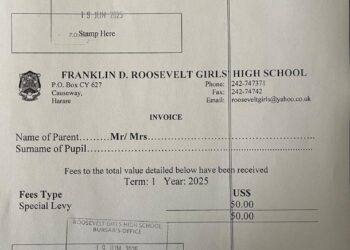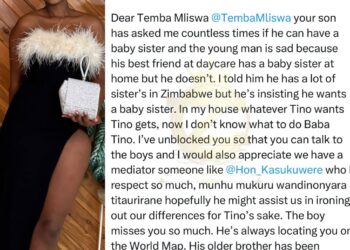As of 23 November 2023, the country is generating a total of 1290 megawatts of electricity, statistics by the Zimbabwe Power Company have shown.
The generation is broken down as follows: Hwange: 674 MW, Kariba: 570 MW, IPPs: 46 MW bringing the total to 1 290 MW.
Apparently, unit 7 (300mw) is going through scheduled maintenance for a month.
Although the country’s installed capacity is 2 300 MW, the actual power generation capacity is ranging about 1400 MW against a peak demand of about 1700MW, and winter peak maximum demand of about 2200MW thus, creating a shortfall of about 1000 MW during peak periods.
The country’s electricity consumption increased in 2022 to over 10,7 GWh (Gigawatt/hour) from the 10,19 GWh in 2021 due to improved economic activity especially in mining and agriculture.
This was recently said by Dr David Madzikanda, the chairman of the Zimbabwe Energy Regulatory Authority (ZERA), during its annual general meeting.
“Energy consumption rose to 10,710 GWh in 2022 against 10,193 GWh in 2021. The figure could have been higher were it not for energy curtailment as a result of reduced production at Kariba Power Station.
“The major consumers were in mining and agriculture,”Dr Madzikanda said.
He said they were projecting increased consumption this year due to improved production at Kariba and the coming in of Units 7 and 8 at Hwange Thermal Power Station.
Gigawatt hours are often used as a measure of the output of large electricity power stations and is calculated by dividing the annual MWh figure by 1 000.
Source Zwnews










